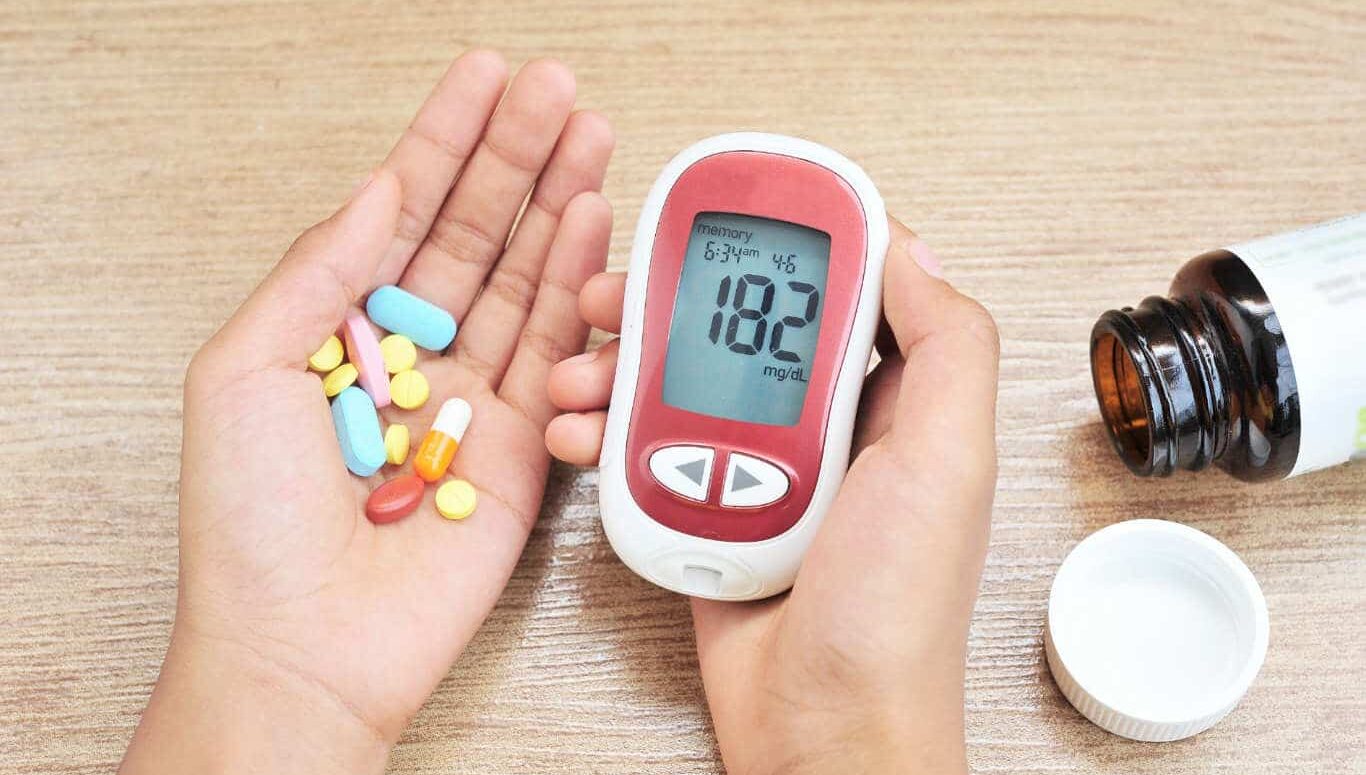Types of oral diabetes medications
Like other diseases, diabetes can be treated with oral medications. If you think only insulin injections are used to treat this illness, consider that oral diabetes medications are also available to manage and keep blood sugar at normal levels.
What are oral diabetes medications?
These are medications taken by mouth. They function by helping control blood glucose levels in people who are unable to produce and use insulin properly. These oral drugs are prescribed alongside regular exercise and a healthy diet. Some of these medications may be taken in combination with each other to better regular blood sugar and manage diabetes well.
Oral diabetes medications list:
The following is the list of oral diabetes drugs that are usually prescribed to people with type 2 diabetes. Consider the list below:
Sulfonylureas – Stimulate the pancreas to release insulin. Medicines under this class help control type 2 diabetes. Its most common side effect is hypoglycemia (low blood sugar levels).
- Glipizide (Glucotrol, Glucotrol XL)
- Glimepride (Amaryl)
- Glyburide (Diabeta, Glynase PresTab, Micronase)
Biguanides – Work by decreasing the amount of sugar that the liver deposits into the blood. This medicinal class makes the cells become more sensitive to insulin’s functions.
- Metformin (Glucophage, Glucophage XR, Glumetza, Fortamet, Riomet)
Thiazolidinediones – Also known as glitazones, this class has similar functions to biguanides. Medicines under thiazolidinediones help increase cells’ sensitivity to insulin and diminish the amount of glucose coming from the liver.
- Pioglitazone (Actos)
- Rosiglitazone (Avandia)
Alpha-glucosidase inhibitors – These inhibitors work by slowing the digestion of carbohydrates, sugar, and starches. This process leads to stabilization in blood sugar levels. Their common side effect includes diarrhea.
- Acarbose (Precose)
- Miglitol (Glyset)
Meglitinide – This class has similar ways to sulfonylureas. Examples such as Prandin and Starlix help stimulate the release of insulin and balance blood glucose levels.
- Repaglinide (Prandin)
- Nateglinide (Starlix)
DPP-4 inhibitors – Incretin is a hormone that helps in lowering blood sugar levels. The list of inhibitors below blocks the breakdown of this hormone to avoid a blood sugar spike. These inhibitors work by enabling incretin to stay active and preventing it from breaking down.
SGLT2 inhibitors – These inhibitors function by assisting the body in getting rid of extra glucose from the urine. Their side effects, such as yeast infection and UTI (urinary tract infection), can be severe if not taken care of promptly and thoroughly.
Bile acid sequestrant – Work by lowering bad LDL cholesterol and improving blood sugar management in people with type 2 diabetes.
- Colesevelam (Welchol)
Dopamine Agonist – Lowers the amount of sugar released from the liver.
- Bromocriptine (Cyclocet)


